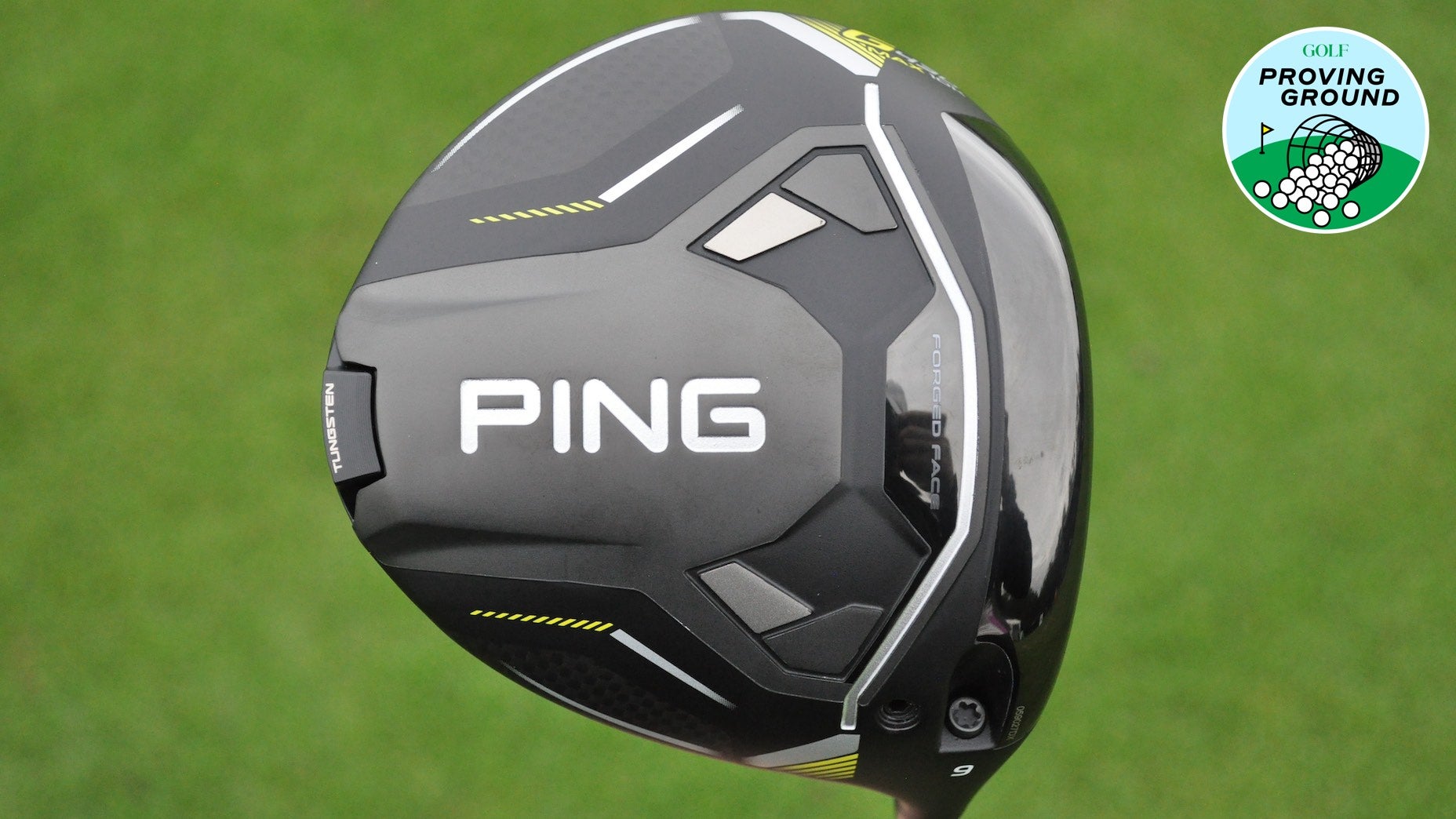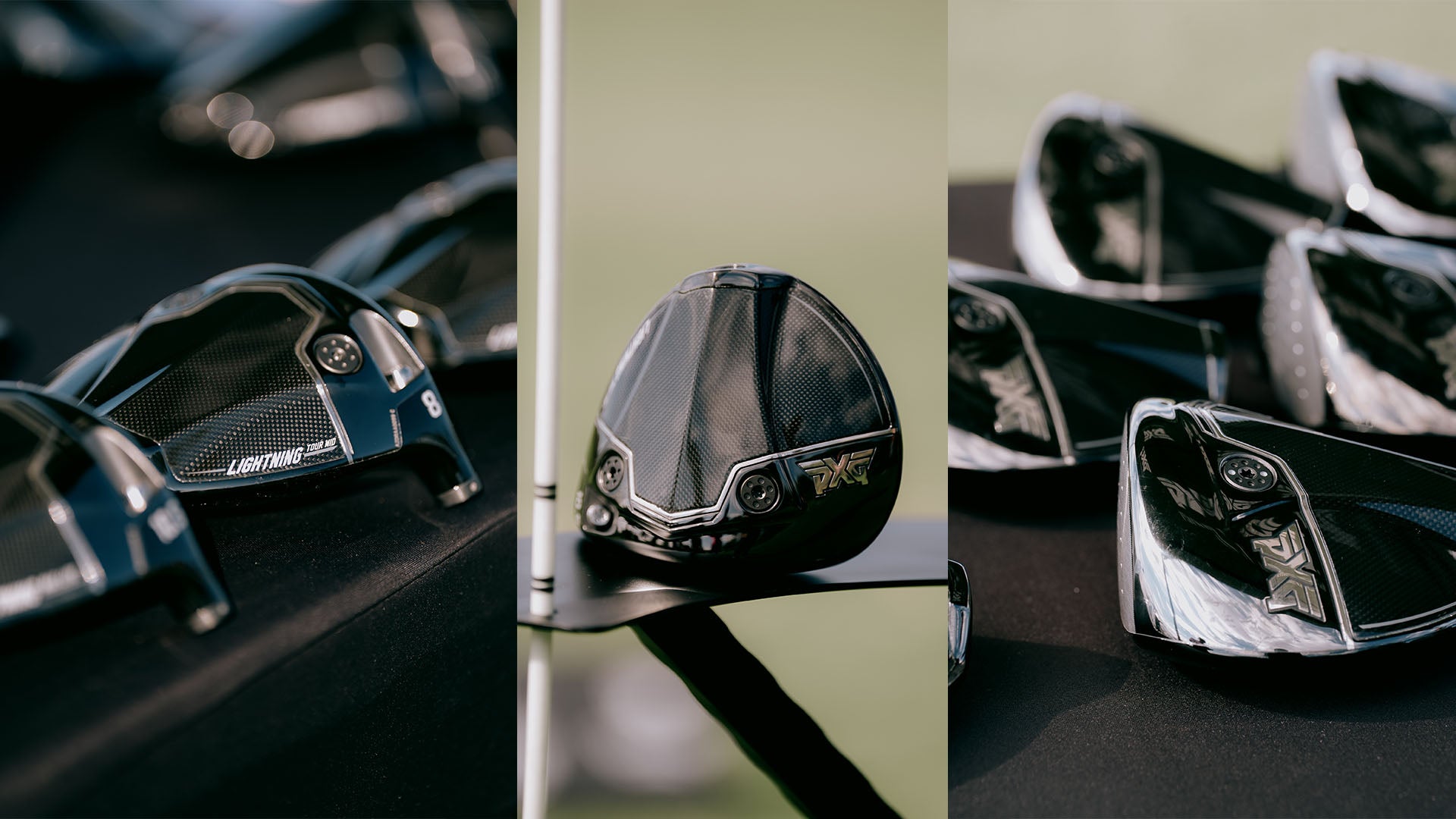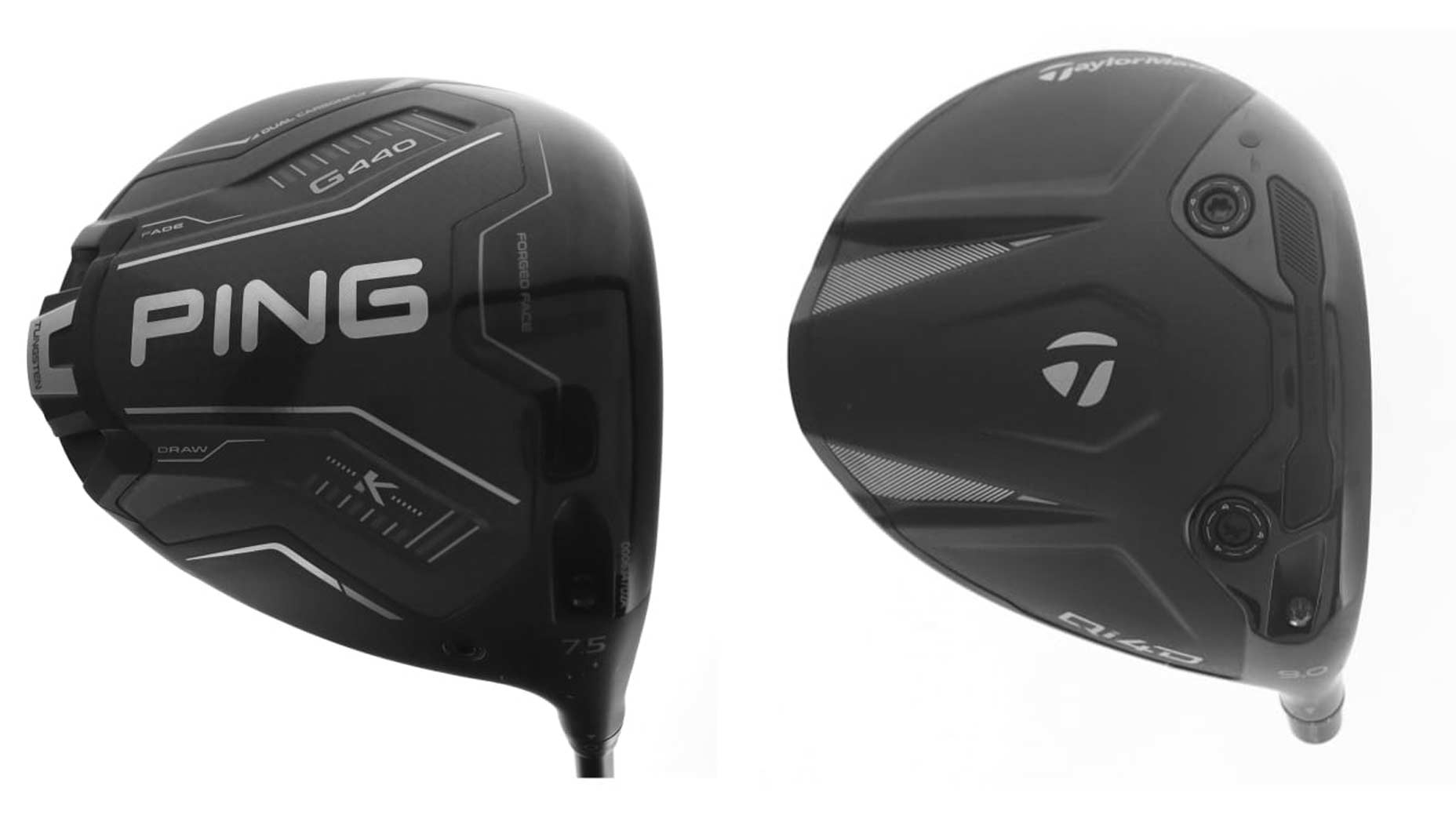Welcome to GOLF.com’s ClubTest Proving Ground, where Managing Equipment Editor Jonathan Wall and Senior Equipment Editor Ryan Barath — along with a cast of GOLF writers and editors — put the latest designs and groundbreaking technology in the equipment space to the test on the range and the course.
For 2024 ClubTest, we paired members of our staff with the latest gear from manufacturers to give you, the potential club buyer, real insights from real golfers and their firsthand experience testing new clubs.
***
TESTER: Connor Federico (Senior Manager, Video) | 12 handicap
GOAL: To track down a driver boasting optimal launch and spin numbers — and gain a bit more high toe forgiveness along the way.
For years, we’ve stressed the importance of getting fit for the clubs in your bag. For golfers who simply buy off the rack, getting a driver optimized for your game, for example, is a surefire way to gain distance and decrease the dispersion pattern without making wholesale swing changes.
Of course, it’s easier to convince someone to consider a fitting if the potential gains are upwards of 40 yards. Yes, 40 yards. During a recent trip to Ping headquarters, Connor Federico, GOLF.com’s senior manager, video, took the all-new G430 Max 10K driver for a spin and gained 44 yards over his existing gamer.

PING G430 Max Custom Driver
View Product
The absurd increase in distance is an extreme example, but it highlights a common issue plaguing many golfers who have clubs that don’t fit their needs. Not only that, they’ve likely never established baseline launch and spin numbers on a launch monitor, so they have no idea if something as simple as increasing or decreasing loft with the turn of the wrench is beneficial.
But let’s get back to Connor. Wielding G430 Max 10K, he was able to gain an extra 6 mph ball speed — which comes out to roughly 18 yards — versus his gamer driver during head-to-head.
Even if you don’t put a lot of weight in the total distance number, which can vary depending on the conditions you play, adding 28 yards in the air (carry) is still a massive improvement. In Connor’s case, simply finding a more consistent head/build combination moved his launch down 2 degrees to a more playable 13.4 degrees.
And then there’s the most stunning improvement of all — taking a previous driver with a 4,300 RPM spin rate (something you’d expect to see from a 4-iron) and getting it down to a Tour-esque 2,200 with some tweaks to the driver setup.
The overall spin consistency on mishits we saw during robotic testing with Golf Laboratories’ swing robot virtually guarantees Connor won’t see wild increases in spin, even on mishits.
The end result is tighter launch and spin deltas with a driver that should go 260-270 regularly, versus plus-or-minus 230 with the previous gamer. It’s a better overall driver, and it isn’t even close.
Want to overhaul your bag for 2024? Find a fitting location near you at True Spec Golf.










